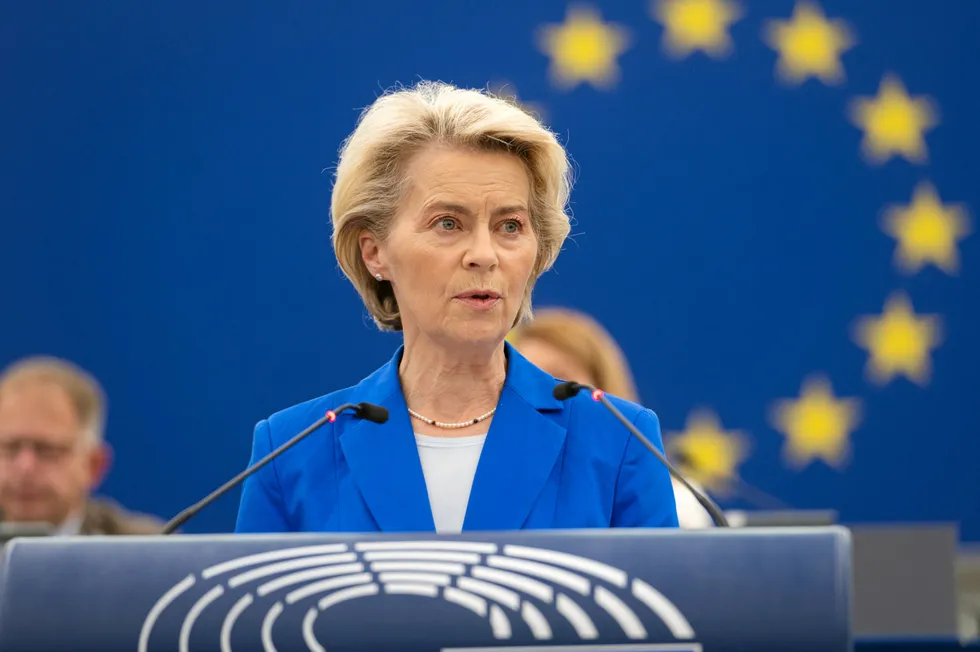EU promises €1bn public and private finance for Namibia’s green hydrogen and raw materials ambitions
But Namibian president warns about cost of capital for country’s developers

Namibia’s ambitions to become a green hydrogen powerhouse took a step closer to realisation today (Wednesday) with the EU’s promise to mobilise €1bn ($1.05bn) of public and private investment to enable renewable hydrogen and raw materials infrastructure in the African state — although the bloc has not given any details on how it will raise the funds.
Stay ahead on hydrogen with our free newsletter
The cash is also not directly earmarked for green hydrogen projects. According to the European Commission (EC), the 2023-2025 EU-Namibia roadmap endorsed by both today envisages the EU, individual member states and European financial institutions funding a range of hard and soft infrastructure projects to support the development of a green hydrogen industry, as well as Namibia’s raw materials capability.
These infrastructure investments would include “selected mining, refining and mineral green processing projects (water, rail, renewable energy) and for the upgrade of main transport corridors (port, rail, roads),” the EC said.
The EU will additionally support a “masterplan” commissioned from the Belgian Port of Antwerp on how the Namibian Port of Walvis Bay can transform itself into a logistics and industrial hub for both green hydrogen and raw materials.
In any case, the €1bn would prove a drop in the ocean compared to the costs associated with the GW-scale green hydrogen projects planned in the country.
Namibia’s president Hage Geingob welcomed the endorsement of the roadmap, but emphasised that project developers in the country need the EU to provide appropriately priced capital.
The cost of project finance has risen significantly over the past two years on account of inflation in some of the world’s biggest economies, but developers have also flagged problems getting financial institutions on board with nascent green hydrogen projects with which they are unfamiliar.
“Namibia recognises that its world-class renewable energy resources provide a strong foundation upon which we will build a sustainable and impactful green industrial base,” said Geingob. “Namibia is also cognisant that to fully capture the opportunity at hand, we will have to mobilise fit for purpose capital that appropriately prices risk in order to optimise the cost of said capital. This is a key element that will form the cornerstone of this transformative partnership with the EU.”
Hyphen, which has been awarded two land parcels by the Namibian government, is currently carrying out environmental studies, with the aim of having an operational green ammonia export project by the end of 2027.
“Thanks to its abundant renewable energy potential, Namibia is becoming a front-runner in the green hydrogen space,” said EC president Ursula von der Leyen. “The EU is proud to be a partner in this transformative journey towards green industrialisation. Together we can further decarbonise our economies, create jobs and ensure a more prosperous and greener future for our societies.”
The EU also yesterday launched a “Team Europe Initiative” (TEI) to support Mauritania’s green hydrogen ambitions.
Launched as part of the bloc’s €300bn public-private Global Gateway Initiative, the new initiative will see the EC, France, Spain and the European Investment Bank finance skills and infrastructure development in aid of green hydrogen developments in the country.